- Learning time
- 20 minutes
- First play time
- 60 minutes
Chickwood Forest
Designed by: Matt Loomis
Chickwood Forest is a card game with a lot going on. Once you’re familiar with the rules it plays quickly, but at the outset the many cards and what they do can seem bewildering. We’ll give a brief overview here.
In each round, six castle cards are laid out with a points value of 1-6, and over the course of the round cards will be added to them before everyone chooses a castle to keep. Each player is dealt three cards, and then they take turns playing cards beneath the castles – some face-up, some face-down – before all cards are played. Players then choose a castle, taking the castle card and all the cards that came with it, hoping (or knowing) that the face-down cards are going to be good to them.
The cards score in different ways – jewellery cards simply score the points value. Costume cards will score if you have one of a type, but if you make a pair they score nothing. Treasure chests will score the chest you have most of (there are different types) squared, but minus a point for every other type of chest. Maid Marihen will score you a point for every unique type of card you have, making her much sought-after. And village cards allow you to add cubes to the village, which deserves its own paragraph…
The village is a 3×3 grid of cards containing buildings and forests. The building cards can score you points, whereas the forest cards kind of get in the way. When permitted to add cubes here, you must add them to cards sitting adjacent to each other, ‘snaking’ them around the village. At the end of the game, having cubes on a card will score you points.
Crucially, though the ‘6’ castle is obviously worth the most points, the castle cards also denote turn order when it comes to both laying cards and choosing castles in the next round, so the pay-off for taking a castle worth less is having more choice… Finally, mixed into the pack are several spoilers as well, the bust cards which make you discard a treasure, and the henchman who loses you points. These dastardly additions are what give Chickwood Forest its tension and brinkmanship, as castles can be replete with hidden goodness – or henchmen and bust cards!
Joe says
I enjoyed my one play of Chickwood, but it found less favour beyond Sam and me. It falls squarely into the category of "Maybe if I only had space for one small game to take away for a weekend", but then, that's an increasingly large category - and there are games in it that take a lot less explaining than this. It also falls into the category of "Games I realise I'd like to revisit", so maybe there's hope. A solid game with some room for bluffing and being a rotter, but an elaborate set of scoring criteria that takes a bit more explaining than is ideal.
The guru's verdict
-
Take That!
Take That!
A bit. You can end up - as we've witnessed - looking like you're actually collecting bad cards if things don't go well. But it's not a game dripping with malice.
-
Fidget Factor!
Fidget Factor!
Low, as long as nobody overthinks things.
-
Brain Burn!
Brain Burn!
Yes, the rules sound a bit fiddly but a couple of plays will dispense with the fog and once that happens, the brain-burning here is mainly about trying to read the table.
-
Again Again!
Again Again!
A decent amount of variety in that the cards will come up randomly - and players bring their own strategies to the hidden card aspect.


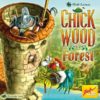
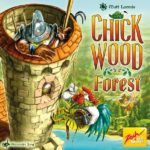

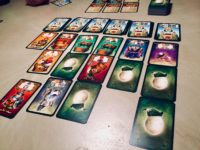
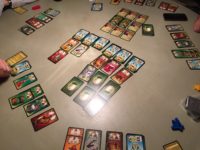
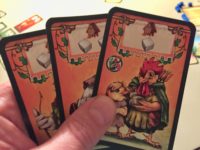
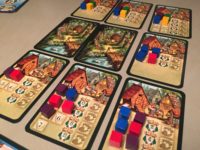


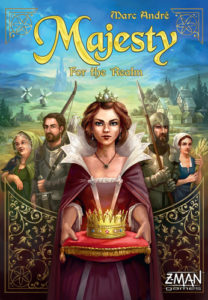
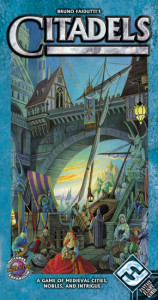


Sam says
A fun game that takes the common goal of set-collecting (think of Rummy as the simplest example) but spices it up with some 'poison in the waterhole'. You can try and convey the impression you are doing some poisoning when actually, you simply want to put someone off a castle so you can grab it yourself. And vice-versa, of course. The multiple ways of scoring around that simple nub can seem a mite over-complicated, but they stop the game feeling one-note and allow for exciting last-round upsets and comebacks.